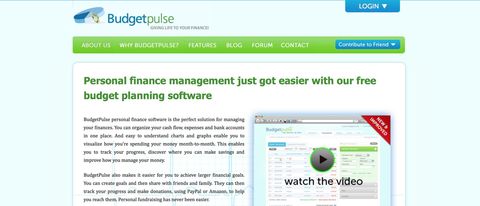
Examples of fixed costs are rent, utility bills, transportation, insurance, food and loan payments. Label the monthly expenses as fixed or variable: Go through your list of monthly expenses and now label each as a fixed (essential items) or variable cost (nonessential items).Also include in this category your savings contributions, such as in a 401(k) or high-yield savings account. Common monthly expenses include rent or mortgage payments, utility bills, loan payments, insurance costs, transportation, child care, groceries, dining, household goods, travel, streaming subscriptions and memberships. List your monthly expenses: Next, you want to look at your monthly costs (your cash outflow).Your net income is the amount of money you earn after taxes and can be found on the pay stub you receive through your employer. Calculate your net income: First, find out how much money you make each month (your cash inflow).Making a budget can be done in as little as five steps: Security features include 256-bit bank grade encryption in a secure data center.App plans to launch a pandemic-inspired feature allowing people to prioritize “envelopes” based on their most urgent expenses, such as housing, utility bills, etc.App offers educational resources like a blog, a podcast and online courses people can take.App provides real-time updates of how your transactions impact your budget and personalized reports.
#Free budgeting software connect to accounts manual#

Users can customize the envelope categories according to their needs, such as saving for an emergency fund or a vacation.



 0 kommentar(er)
0 kommentar(er)
